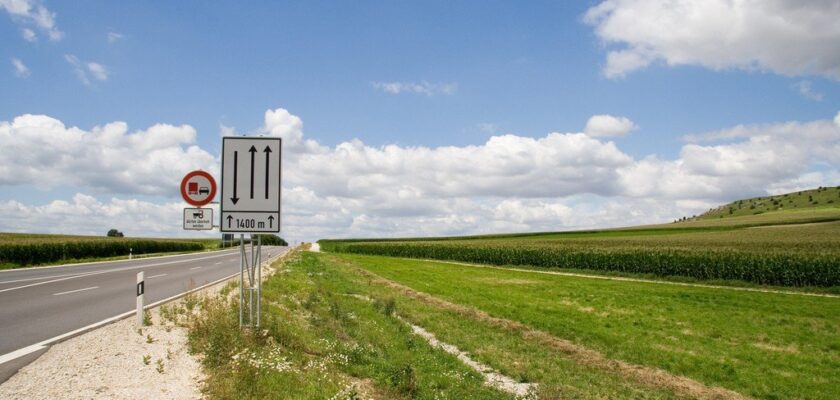Romantic Road
Romantic Road is the name of a popular tourist route in Germany. The Romantic Road stretches for 366 kilometers past ancient castles and palaces, from Würzburg on the Main River to the Bavarian town of Füssen on the border with Austria. The tourist route leads from north to south through two and a half dozen towns, through the territories of the country’s two federal states – Baden-Württemberg and Bavaria. It is considered one of the most scenic in Europe. Every kilometer of the Romantic Road offers unique views of the foothills of the Bavarian Alps and historical sites, many of which are designated UNESCO World Heritage Sites.
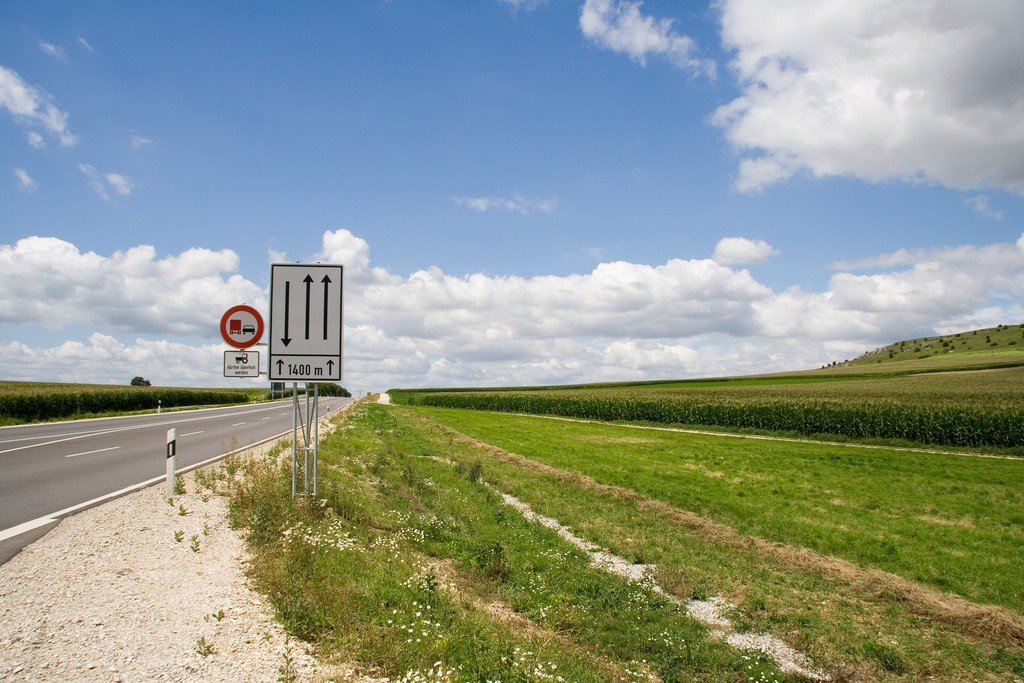
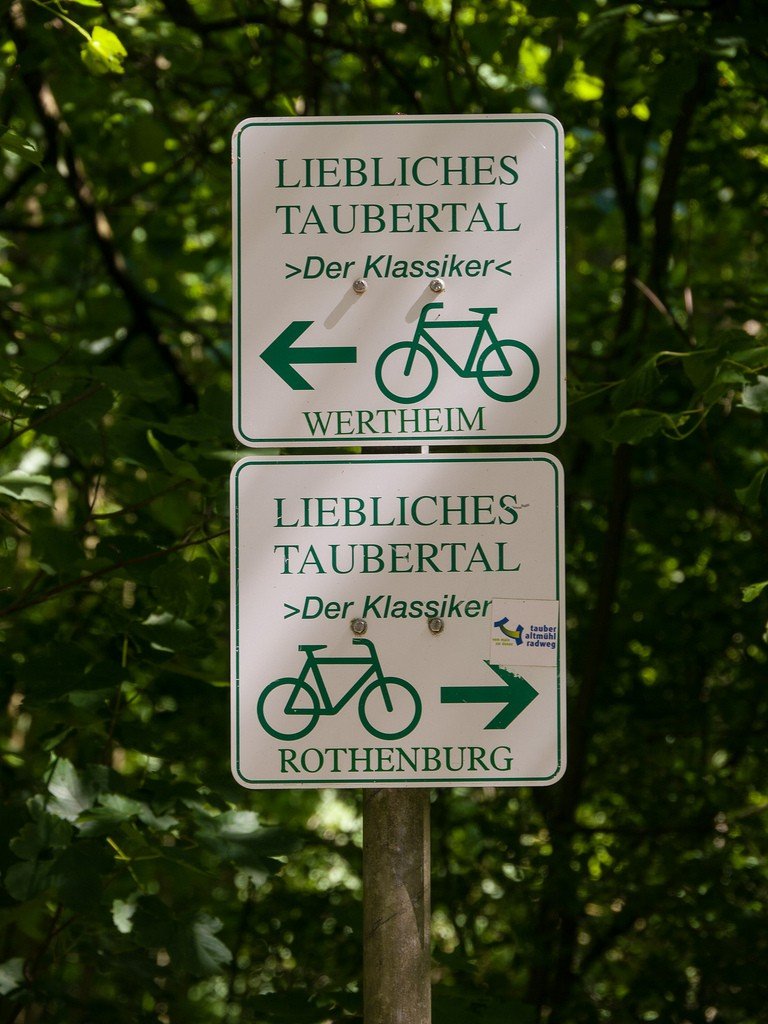
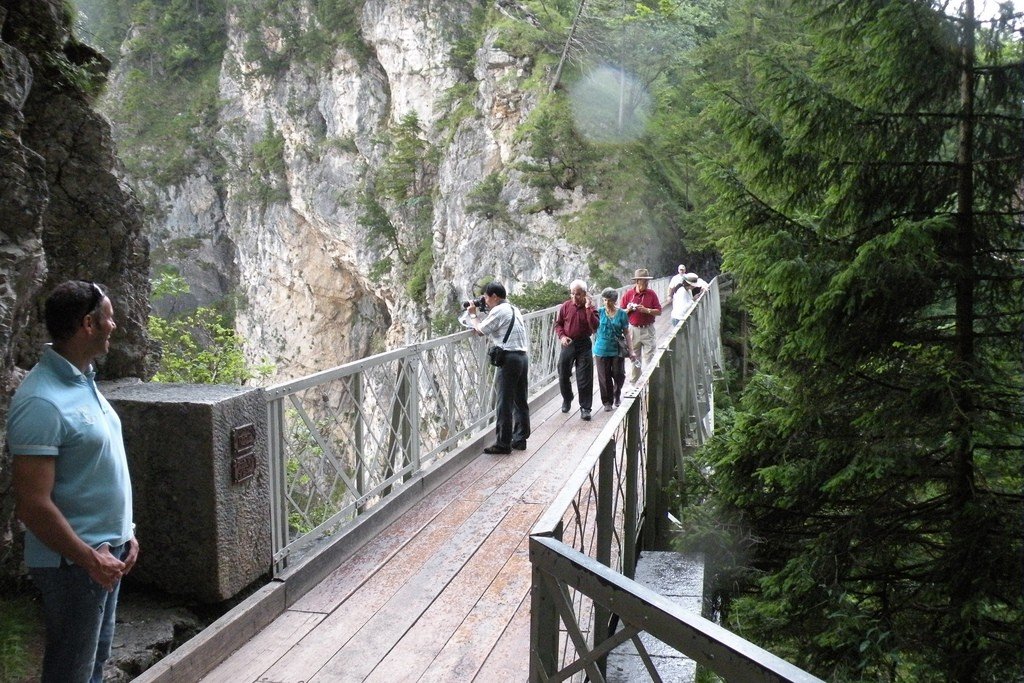
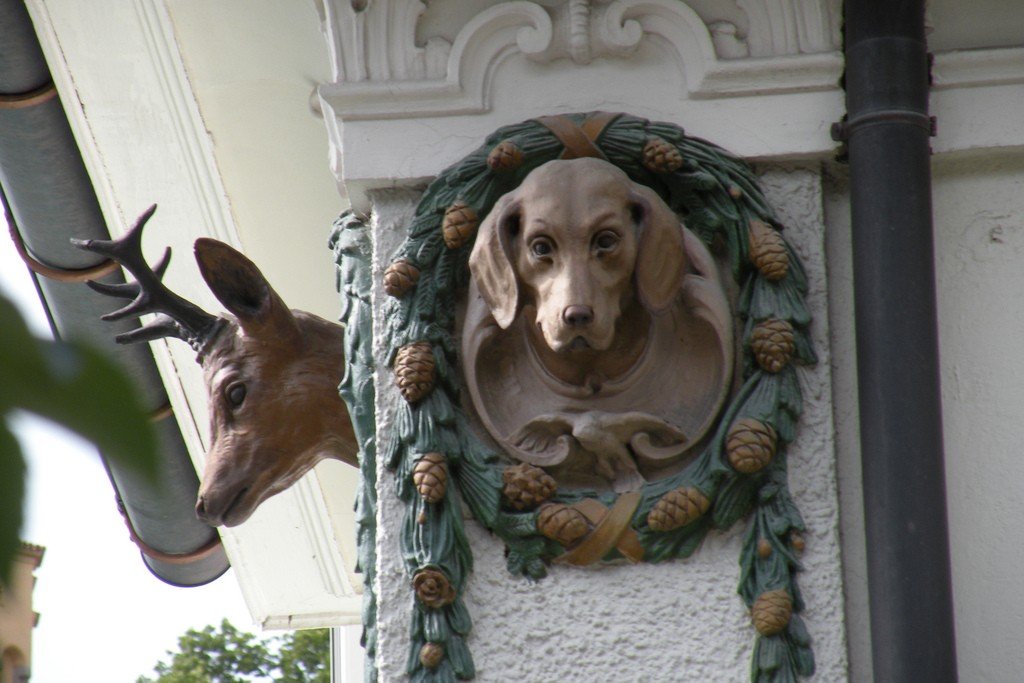
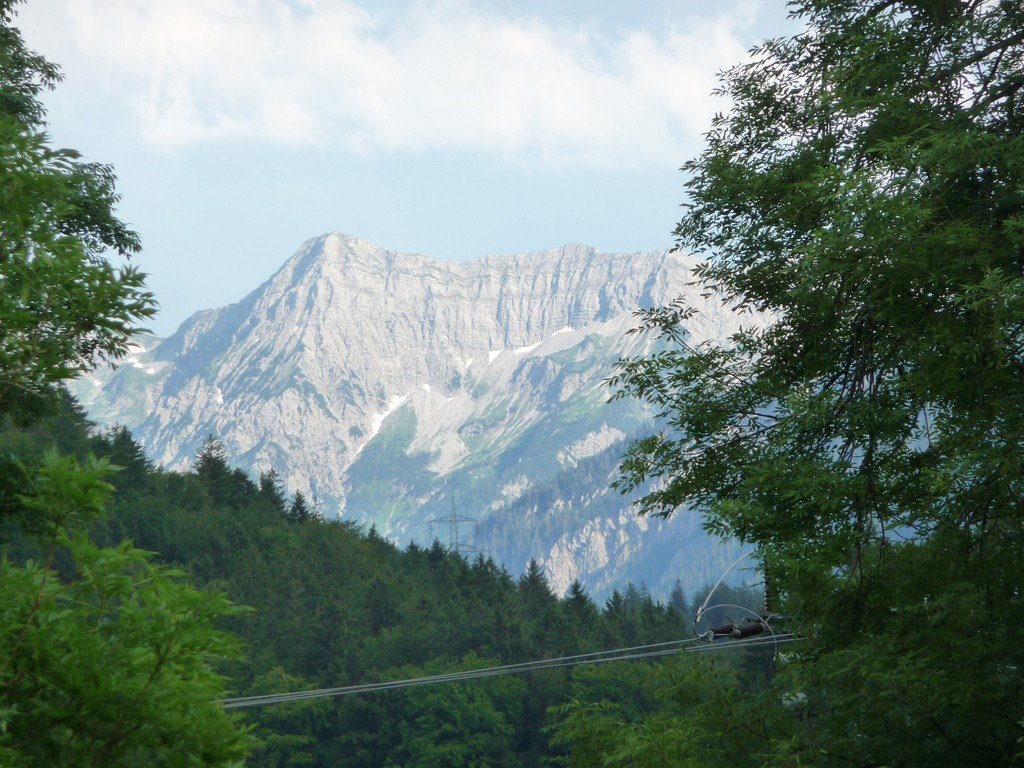
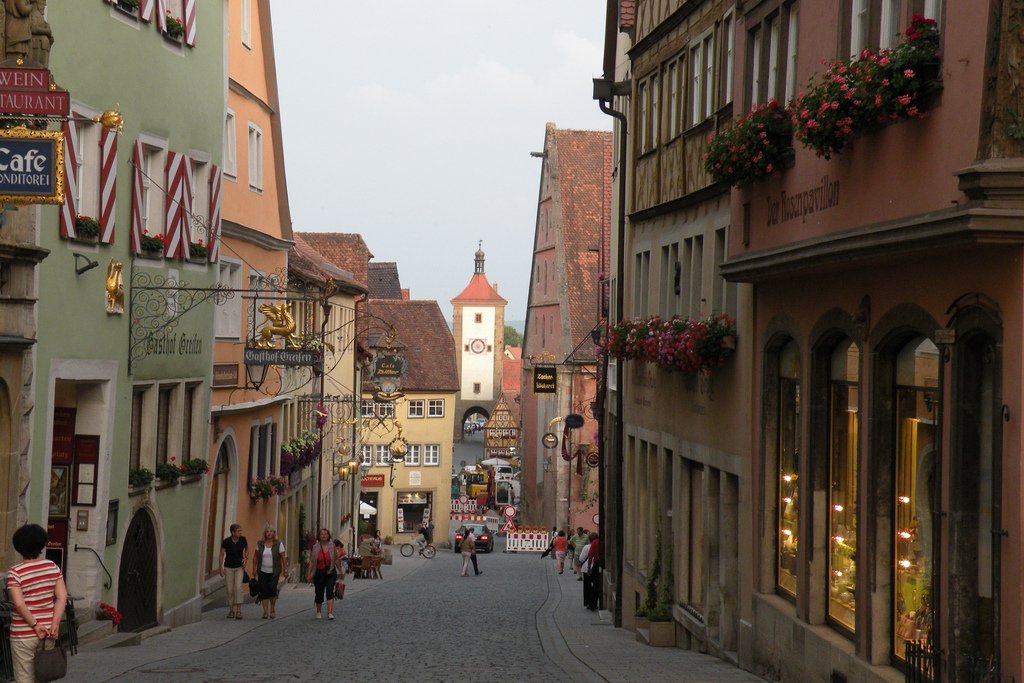
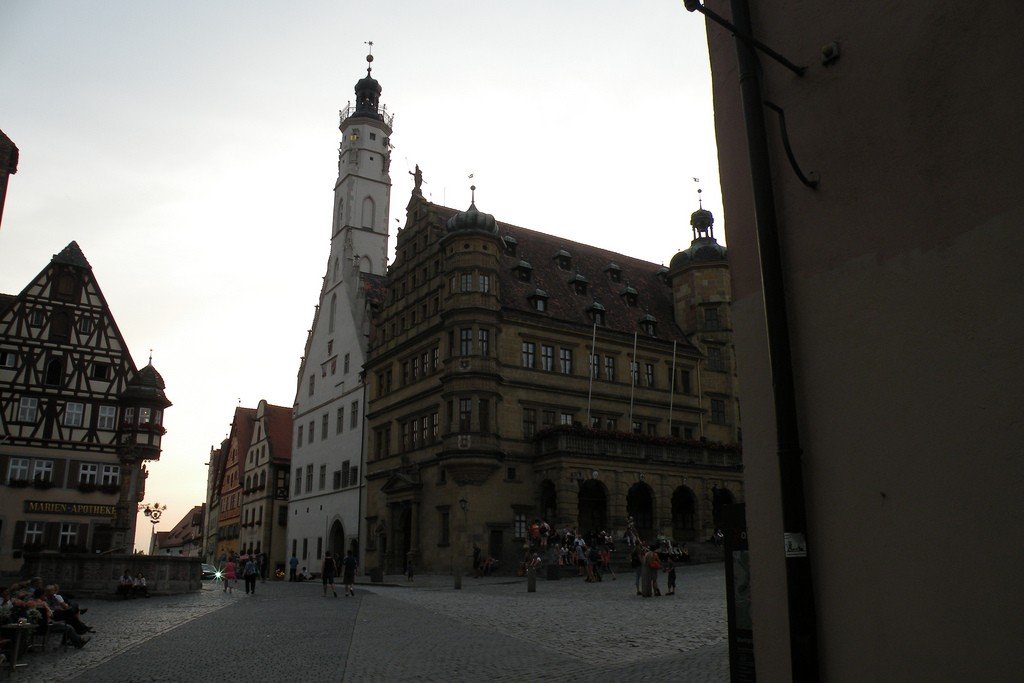
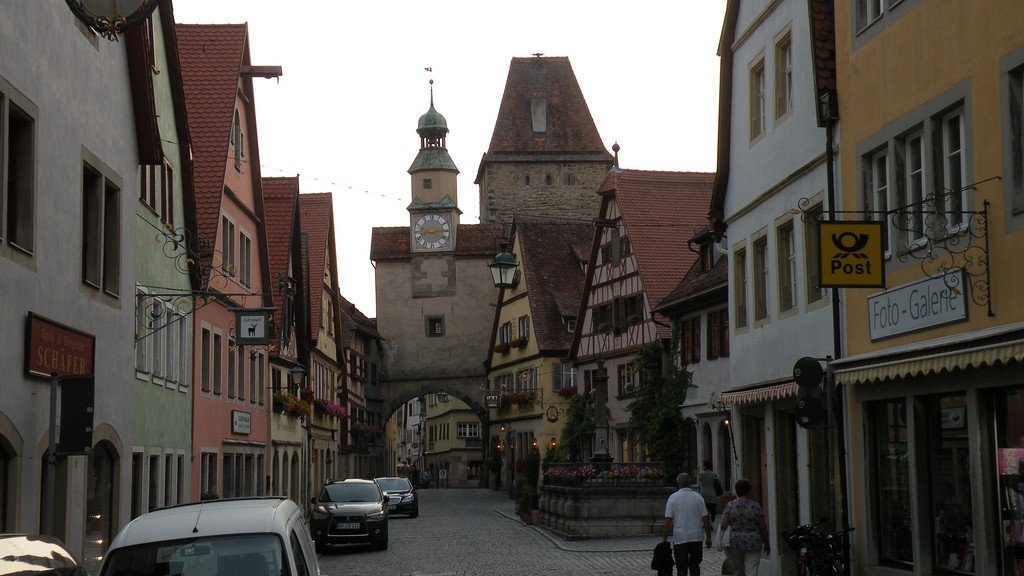
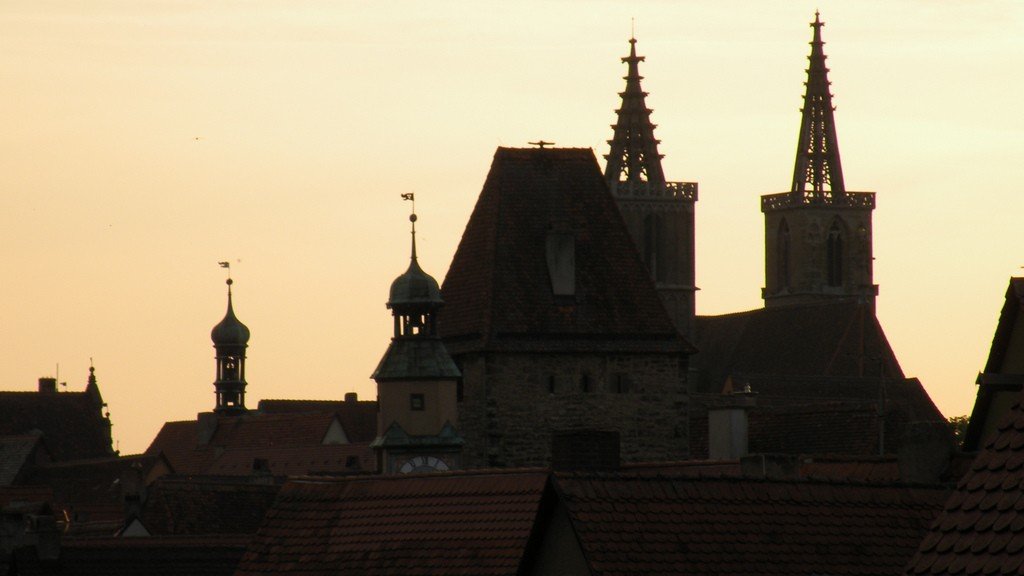
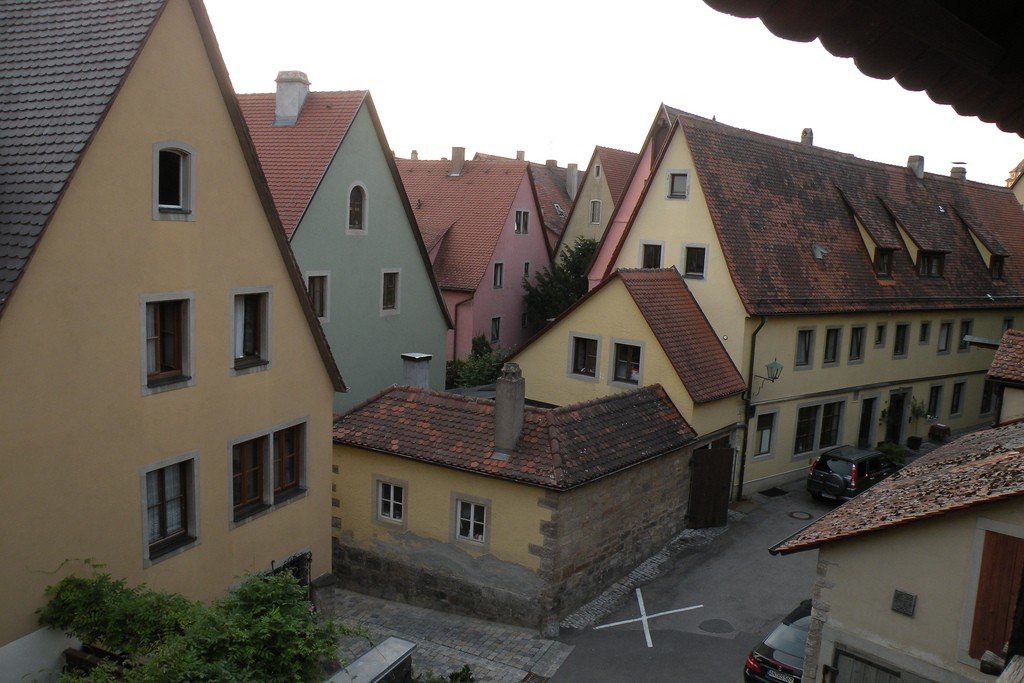
General information
The Romantic Road is considered one of the oldest tourist routes in Germany. It has been in existence for more than 60 years. The route got its name during the Second World War. The importance of the Romantic Road is evidenced by the fact that every year it is traveled by hundreds of thousands of tourists. The secret of such popularity is simple: educational tourism is successfully combined with beautiful landscapes. In addition, while traveling, you can visit festivals, which are held several times a year. Beer, culinary, wine, theatrical and knight festivals start in April and go until late autumn.
.Europabus organizes bus trips along the Romantic Road. These tours start from the train stations in Frankfurt and Munich and last 13 hours. Tourists travel along the route on comfortable buses accompanied by professional guides.
During the bus tour stops along the way are very short, so most travelers prefer to explore the beauty of the Romantic Road on their own by car, bike or on foot. Pedestrian sections of the route are marked with blue signs, sections for bicyclists are green, and sections for motorists are brown.
.The rich cognitive program is in demand among tourists of different ages. Bicycle tours along the Romantic Road are preferred by youth groups, bus tours are preferred by tourists of age, and car trips are chosen by family groups and friendly companies. In addition, the German route is suitable for romantic travel, and many honeymooners and married couples with a long history travel along it.
.Sights of the Romantic Road
The Romantic Road route begins in Würzburg, a town nestled among the vast Franconian vineyards in the Main Valley. Würzburg has a preserved hilltop castle, the ancient Marienberg Fortress, as well as the Würzburg Residence, which is recognized as one of Europe’s finest Baroque monuments. In addition, several beautiful Baroque churches can be seen in this city.
.The ancient town in the Tauber valley, Tauberbischofsheim, is characterized by a large number of half-timbered houses and narrow streets that retain the mysterious atmosphere of the Middle Ages. The Hungerturm watchtower and the palace of the Elector-Archbishop Kurmainz are its hallmarks. The ancient palace now houses the rich collections of the local history museum.
Lauda-Königshofen is considered one of Germany’s wine centers. Its streets are lined with several majestic churches built in the days when the Franconian Baroque shone.
.
The next town on the Romantic Road is Bad Mergentheim. It has remained in German history as the residence of the Grand Master of the Teutonic Order. The powerful Hochmeister (Grand Master) lived here from 1527 to 1809. Almost two centuries ago the town turned into a health center, thanks to bitter-salt springs, with the help of which various diseases are treated. Bad Mergentheim has preserved the Palace Residence of the Grand Master and the Renaissance Town Hall on the Market Square.
.
Röttingen is 35 kilometers away from Würzburg. The small town is located in the south of Lower Franconia and is surrounded by ancient fortifications (Stadtmauer). The central part of Röttingen is decorated with half-timbered houses, a beautiful Baroque town hall, Brattenstein Castle and the late Romanesque church of St. Kilian. There is an interesting tourist route along the city streets called “The Road of the Sundial”. For 2 km travelers can see sundials of different designs and constructions. The history of the small town of Kreglingen has 1000 years. In the local temple of the Lord God you can see a wooden altar created by the famous German sculptor Tilman Riemenschneider, who worked in the late Gothic era (early 16th century). The filigree-carved altar depicts the Assumption of the Virgin Mary.
.The cozy and beautiful town of Rothenburg ob der Tauber introduces those traveling along the Romantic Road to the tall Town Hall Tower, the Gothic Basilica of St. James, the Imperial City Museum, the German Christmas Museum, and the Museum of Medieval Forensics. The picturesque half-timbered building, Gerlach’s forge, can also be seen here.
In the historic center of the ancient town of Feuchtwangen, you can see a perfectly preserved medieval building. Its architectural dominants are the Market Square with the Town Hall and the picturesque Rorenbrunnen Fountain. This part of Feuchtwangen is so beautiful that it is often referred to as the “Parade Gate of Franconia.”
Dinkelsbühl is built in the valley of the Wernitz River. The old part of the town is dominated by the cathedral, consecrated in honor of St. George. The tower of the Gothic cathedral was built in the second half of the 15th century and is 62 m high.
Dinkelsbühl Cathedral.
Next, the Romantic Road of Germany passes through the town of Wallerstein. It stands at the foot of a high hill overlooking the valley of the River Ries, and visitors come here to see the Plague or Trinity Column, the church of St. Alban, the castle park and the majestic “New Castle.”
Nördlingen has almost entirely preserved medieval buildings. The city is interesting because you can walk around all the streets and neighborhoods along the wall of ancient fortifications. The circular fortification wall in Nördlingen is the only one in the country, and a separate museum is dedicated to it.
.
Medieval Harburg lies between the Wernitz valley and the hill on which the fortified castle stands. It has never been destroyed in its long history, and today it is one of the best preserved German fortresses.
.
The town of Rhein on the river Lech was first mentioned in 1257. At that time it served as a fortress defending the northwestern frontiers of Bavaria. Parts of the castle walls and the Swabian Gate have been preserved from the old fortifications. In addition, you can see picturesque burgher houses of the 17th and 18th centuries and the Church of St. John the Baptist (1480).
.Augsburg lies 50 kilometers from Rhein. More than two millennia ago, the city was founded by decree of the Roman Emperor Augustus. Inside Augsburg stands the Fuggerai, a kind of “city within a city” consisting of a temple and 67 houses, which are surrounded by fortress walls. Augsburg keeps the memory of Wolfgang Mozart’s father Leopold Mozart, as well as the famous German playwright Bertolt Brecht.
.In Friedberg, besides the remains of the old fortress, one can see the Marienplatz square decorated with a fountain. It contains the column of the Virgin Mary and the Renaissance Rathaus (Friedberger Rathaus).
.The Bavarian town of Landsberg stands on the river Lech. Its history dates back some 700 years, which is why Landsberg has the status of the youngest town on the Romantic Road. In addition to the medieval buildings, the building of the prison where Adolf Hitler served his sentence has been preserved here.
.
The commune of Hohenfurch looks very cozy. This village in the Alpine foothills began its history in 1280. Among the white facades of private houses and bright roofs, the Church of the Assumption of St. Mary stands out.
The ancient town of Schongau was walled in the Middle Ages, of which only a 1.5 km long fragment has survived. The town has a small castle and the popular brewery “Drei Nasein”, where travelers are offered to taste freshly brewed beer.
.
Peiting is often referred to as an “open-air museum”. This town on Romantic Road is home to several picturesque churches, narrow streets and old buildings. A local museum about the evolution of skiing is very popular with tourists.
Rottenbuch is an ancient village, where beautiful natural landscapes neighbor with amazingly beautiful architectural monuments. The interiors of the Church of the Nativity of the Blessed Virgin Mary, built under the Augustinian monastery, deserve special attention. The village offers magnificent views of the peaks of the Alps.
.The municipality of Wildsteig is a mining community and consists of a village and adjoining small hamlets. It is inhabited by only 1,300 people, so the place does not have the status of a town. Wildsteig is known as a spa destination and the start of the routes to the mountain lake Schweigsee and the picturesque waterfalls, which are located on the Ammer River.
.The town of Steingaden has attractions on a European scale. About 1 million pilgrims visit the local church of the Scourging of Christ Wieskirche every year. Its name translates as “temple in the meadow” and the church’s decoration is considered an example of Bavarian rococo.
.
Another, equally famous castle, Hohenschwangau (“high swan’s edge”), is located near the village of Schwangau, north of the Austrian border. The castle buildings, which can be seen today, appeared in the 1930s.
.The romantic road ends in the town of Füssen, spread right at the foot of the Alps, at an altitude of 800 to 1200 meters above sea level. The town’s history dates back to the 3rd century, and in the 16th century local violin makers established the first guild of violin and lute makers in Europe in Füssen. The medieval St. Magnus Abbey and the Castle of the Bishops can be seen in the city.
.Holidays and festivals
When planning a solo trip along Germany’s Romantic Road, many tourists try to take into account the dates of annual celebrations and festivals that take place in Baden-Württemberg and Bavaria. It is always interesting to visit a local festival: it is an opportunity to have fun, get acquainted with the cultural traditions of Germans, as well as to taste the food and drinks of Bavarian cuisine. In addition, many festivals bring together participants not only from different parts of Germany, but also from other countries.
.
The northernmost town of the Romantic Road, Würzburg, hosts several wine festivals every year, from April through November, where you can taste vintage wines handcrafted by local winemakers. The town of Lauda-Koenigshofen offers the Königshöfer Messe fair and the annual heavy metal festival Keep It True.
.At the end of May, the Altstadtfest takes place in the center of the small town of Feuchtwangen. During it, tourists can sample local cuisine and brewery products. An open-air theater festival is also held in the same Bavarian town.
In early autumn, classical music concerts are organized at Neuschwanstein Castle. Füssen, in turn, becomes the center of several festivals at once. There is the Imperial Festival – Kaiserfest, a jazz festival and a festival of stringed instruments..
How to get there
The closest airport to the beginning of the route (the city of Würzburg) is Frankfurt Airport, and the closest to the end of the route (the city of Füssen) is Munich Airport. Bus tours along the Romantic Road start from these cities.
.
Many tourists prefer to travel the popular tourist route on their own – by car or bicycle. In addition, most of the towns along the Romantic Road can be reached by train.
